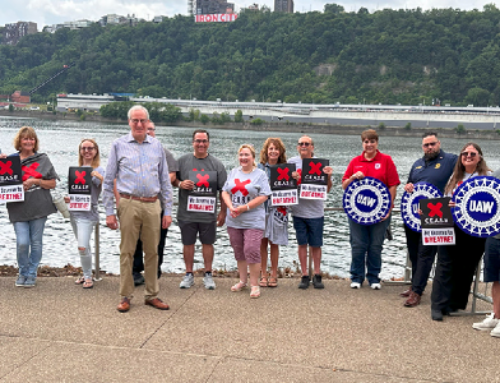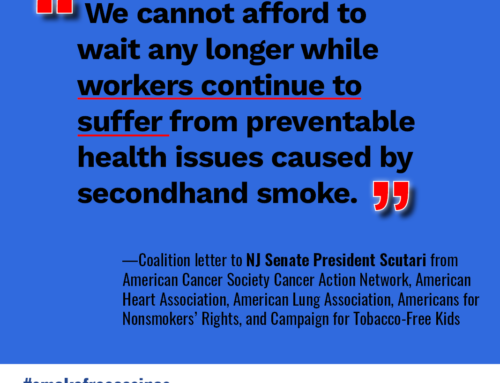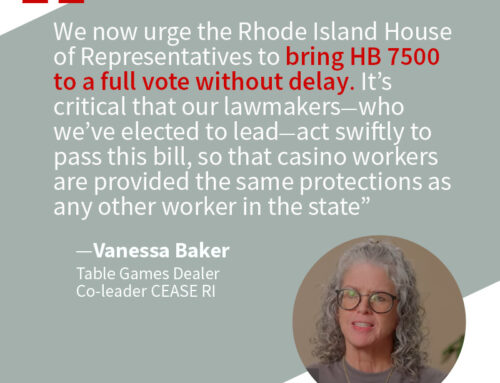Wildfire in many states has created hazardous outdoor air quality. This is what the indoor air is still like for millions of Americans at work due to secondhand smoke, especially in hospitality venues. Breathing indoors shouldn’t be a toxic health hazard. Our very own Char Day, an ANR-F Program Manager based in Durango, Colorado, was forced to leave her home last month and head away from town to ride out the poor air quality because of the wildfires raging there. “I have asthma,” she says, “and this really has made me quite ill.” The fire, called 416, was burning 23 miles northwest of Durango and started June 1. Though rain helped dampen fires, they were not out as of Sunday, June 17, and currently the fire is reported at 50% contained and has burned more than 54,000 acres. Costs to contain it and the Burro fire were being reported in June at $17 million. Char told us, “The air quality was being reported at 507, a level that is off the charts according to the EPA Air Quality Index (AQI).” She went on, “this is outdoor air, imagine how terrible it is to have this sort of exposure indoors.”
Air Quality and Secondhand Smoke
Last October in Northern California the sun glowed an eerie red through the haze as wildfires caused air quality to spike to hazardous levels—the Bay Area’s highest level reported was 404 on the AQI. Poor air quality is due to the high level of fine particulate matter (PM2.5) from the wildfire smoke. Particulate matter less than 2.5 micrometers across—a small fraction of the diameter of a human hair–is easily inhaled and goes deeply into the lungs, causing respiratory and other health problems. Cynthia Hallett, MPH, made the same analysis last October that Char raises again: we must compare this situation of air quality from wildfires to indoor air quality in places where secondhand smoke is still present. The average level of PM2.5 in establishments in New Orleans in 2014, before the smokefree casino and bar law went into effect, was 257μg/m³ at the Very Unhealthy level of air quality. The New Orleans smokefree law resulted in a dramatic improvement in air quality – and is saving lives.
Wildfires and Cigarette Butts
In the midst of Char’s ordeal with wildfires, she related a minor victory: a smaller fire very near her home was discovered and put out, only to find out, it was probably started by a cigarette. One of the biggest causes of fires, be it structural or a wildfire, are discarded cigarette butts. In 1997 there were 130,000 cigarette related fires. In 2017 this problem was still quantifiable and costly in the U.S., resulting in over $2 billion in costs associated with putting these fires out, and $6 billion in loss of property. In addition to causing fires, cigarette butts pose another risk: they are hazardous to the environment. Cigarette butts leach toxins into the water and kill or injure various forms of wildlife. The plastic parts of cigarette butts can be ingested by fish, birds, whales and other marine animals and the toxicity can accumulate up the food chain.
Good News: Smokefree Laws Can Save Money and Lives
The costs associated with fire containment and property loss, cigarette butt litter clean up, and healthcare from tobacco-related diseases, are enormous, but smokefree laws can help with this. Smokefree laws reduce the amount of toxic cigarette butt litter in our environment, alleviate risk of fires, both structural and wild, and create a healthy environment for people in places where they currently must endure breathing secondhand smoke.





